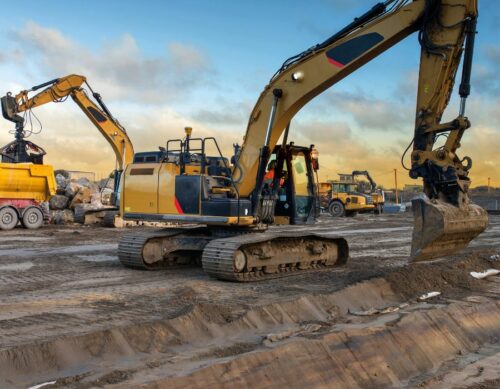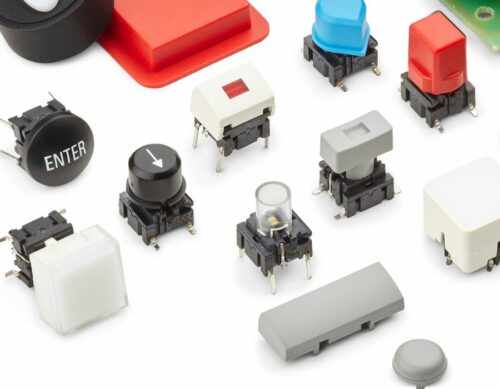Technology behind tactile switches
Date: 15/04/2023
There are many applications in which it is vital for the user to know when a switch has been activated. Whether for safety or convenience, tactile switches are used to provide positive feedback for operators.

Tactility is the response to stimulation of the sense of touch.
Tactility is the response to stimulation of the sense of touch. In the world of switches, it is the feedback or “feel” provided to the user. To select a switch with the right tactile response for each application, designers need to understand the different construction methods available.
Tactile switches use different construction methods, each of which delivers a different level of force and travel (the pressure required to activate the switch and the distance it needs to move). Not only do these technologies provide a different feel for the user, but the construction will affect the robustness of the switch and its expected lifecycle.

Spring mechanisms are available in both vertical and horizontal orientations
Spring mechanisms are available in both vertical and horizontal orientations. Vertical springs allow a long travel and are ideal for use in larger switches. They are durable with a long lifecycle but do not provide a snap when depressed. In contrast, horizontal springs deliver a distinctive feel and an audible click when pressed. They also provide good resistance against accidental activation due to vibration.
For smaller switches, designers can choose metal domes. These are formed of stainless steel that is deformed when pressed but returns to its original shape when released. Metal domes provide a crisp and precise feedback. Although limited to sizes below 16mm, their superior tactile feedback means that metal dome switches command a premium price.

Polyester membrane switches can be manufactured in larger sizes and require less force to activate than metal domes. This can be an advantage in high-usage applications where excess force can cause strain for the operator. However, the tactile feedback is less precise due to their construction.
When users need positive feedback, the simple and efficient design of tactile switches is the ideal solution. Make sure you understand which technology is best for your application.
Contact Us
Sign up to receive our newsletter, emails about special offers, updates and new releases.
You might be interested in this
Get the help and resources you need quickly with APEM
If you have questions or suggestions, we’re here to listen.
Our sales and support set the standard for helping you.
All the technical documentation you need to make things work...